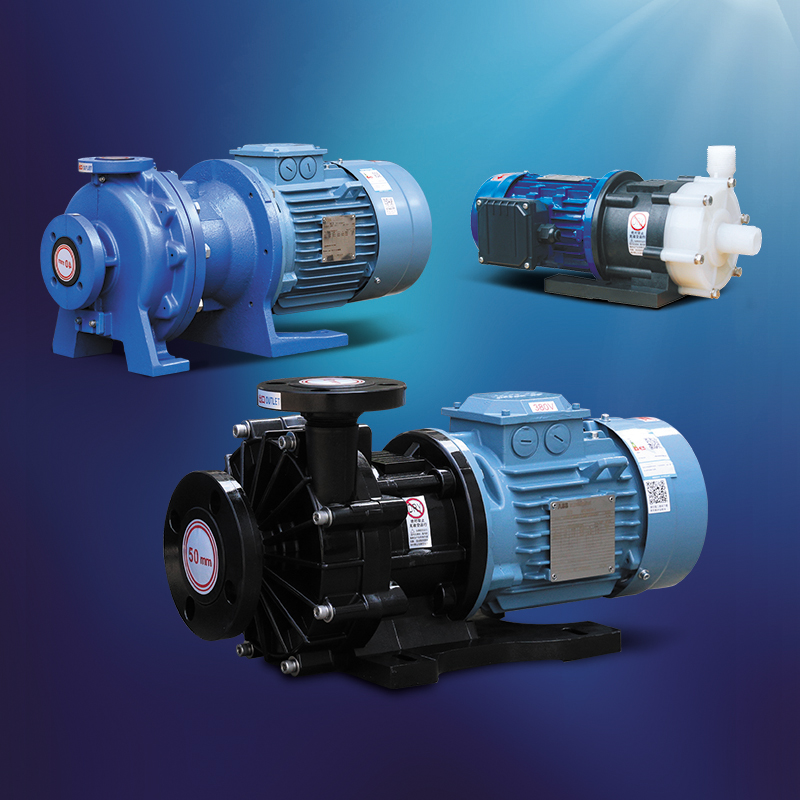Hydrofluoric acid is a highly corrosive and toxic substance that requires special consideration when it comes to selecting the right pump for its transportation. The unique properties of hydrofluoric acid make it different from other highly corrosive media, necessitating specific pump types and handling procedures to ensure safety and prevent damage.
Understanding Hydrofluoric Acid
- Properties of Hydrofluoric Acid
- Corrosive Nature and Health Hazards
- Storage and Handling Precautions
Hydrofluoric acid, an aqueous solution of hydrogen fluoride gas, is a colorless transparent to light yellow fuming liquid. It is weakly acidic but highly corrosive, causing severe damage to teeth, bones, and compounds of silicon. Hydrofluoric acid should be kept in airtight plastic bottles due to its corrosive and irritating properties.
Pump Options for Hydrofluoric Acid Transfer
- Types of Pumps for Hydrofluoric Acid
- Fluorine Plastic vs. Metal Materials
- Advantages of Fluoroplastic Pumps
The mainstream pump industry offers two primary options for handling hydrofluoric acid: fluorine plastic and metal pumps. While metal pumps may corrode over time, fluoroplastic self-priming pumps, fluoroplastic magnetic pumps, and fluoroplastic centrifugal pumps are specifically designed to resist hydrofluoric acid corrosion, making them ideal for its transportation.
Safety Measures in Case of Acid Leakage
- Evacuation and Isolation Procedures
- Protective Gear for Emergency Responders
- Containment and Neutralization Techniques
In the event of a hydrofluoric acid leakage, immediate actions must be taken to protect personnel and prevent further contamination. Evacuating people from the affected area, isolating the area, and restricting access are crucial steps. Emergency responders should wear appropriate protective gear, including self-contained positive pressure respirators and anti-acid and alkaline overalls. Containment techniques such as cutting off the source, preventing access to restricted spaces, and using substances like sandy soil, dry lime, or soda ash can help neutralize and contain the acid.
Advancements in Acid Transfer Pump Technology
- Challenges of Conveying Hydrofluoric Acid
- Characteristics of Modern Acid Transfer Pumps
- Creating a Leak-Free Environment
The characteristics of fluoroplastic self-priming pumps, fluoroplastic centrifugal pumps, and other pump types have evolved with modern technology. These pumps eliminate issues such as running, bubbling, dripping, and leaking, ensuring a leak-free environment and reducing environmental pollution. With advancements in pump technology, conveying hydrofluoric acid has become more efficient and safer, allowing industries to establish leak-free workshops and factories.
In conclusion, selecting the right acid transfer pump is essential when dealing with highly corrosive substances like hydrofluoric acid. Fluoroplastic pumps offer the ideal solution for safely handling this corrosive medium, minimizing the risk of leaks and environmental pollution. Understanding the properties of hydrofluoric acid, implementing safety measures in case of a leakage, and staying informed about advancements in pump technology will contribute to a secure and efficient acid transfer process.


